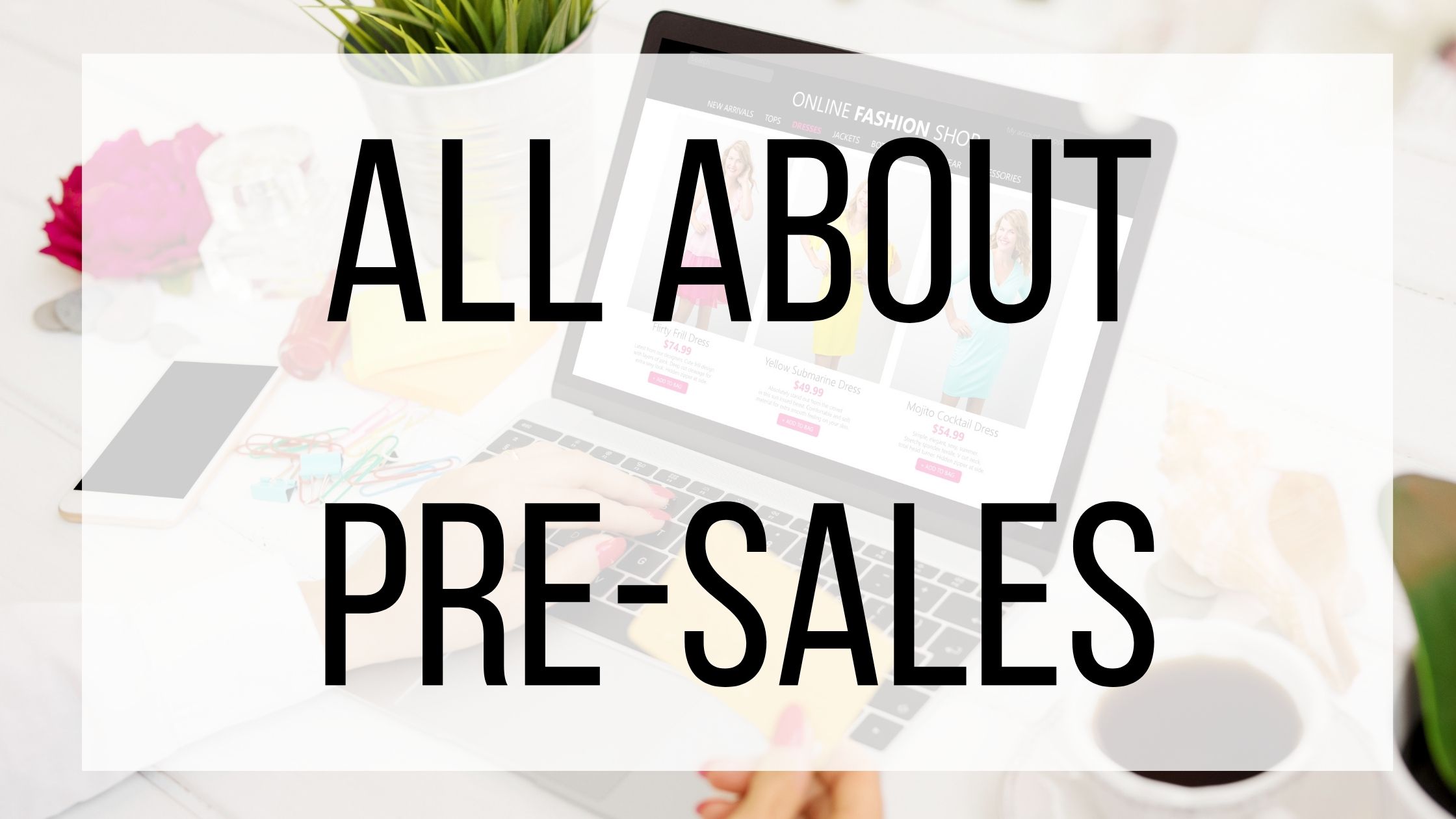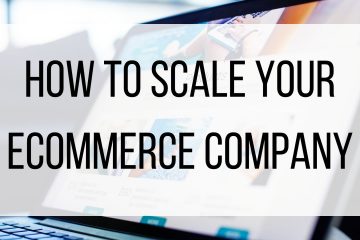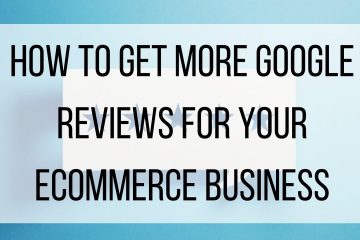All About Pre-Sales

If your businesses has become established, you have probably gotten a good idea of what your audience likes, and how to provide them with quality products. If there is a certain product that sells out quickly, or if you want to create excitement around a new product, consider running a pre-sale.
What Is A Pre-sale?
A pre-sale is a sale on items that are out of stock, or not get available. Customers are able to place a pre-order, ensuring that they have priority on the item they want when it is back in stock or available to the public. Any business can run a pre-sale, but they work best on high-demand items.
When To Offer Pre-Orders:
Running a pre-sale is not always ideal. You want to make sure that you can deliver all of the products you promise your customers and are prepared to deliver them in a timely manner. If you are working with suppliers, make sure that you are communicating with them on when you need the products, and give yourself some extra time in case a product shipment gets lost or delayed. It is easy for a customer’s excitement to turn into frustration when their product comes in later than they were expecting, or if they do not receive the product they were promised. Be mindful of this before deciding to open pre-orders, so that you do not drive customers away and hurt your brand reputation.
Another thing to consider with offering pre-orders is that you will be able to test the demand of your product, especially when introducing new products. Since customers are purchasing and committing to the product before it is available, you will be able to get a good idea of what the demand for the product will be after the pre-sale. Use this time to prepare, and make sure that you have the appropriate amount of inventory stocked.
Types Of Pre-Orders:
There are several ways you can allow your customers to pre-order products. The first and most common is the “pay now” pre-order. This works similarly to a standard purchase, with the understanding that there will be a longer shipping time. If you decide to go this route, make sure to keep your customers updated on where their products are, and when they can expect them to ship and arrive. Be careful not to promise them a faster delivery than you can offer. It is better to tell them that it will take longer than you expect it to and have them pleasantly surprised with an early arrival than to tell them they will have their product quickly and have them wondering if they are going to receive their product at all. The major downside to this is that pre-orders can make the check out process more complicated if they have other items in their cart, and sometimes it can be difficult to know when you will have their item in stock.
The second most common type of pre-order is the “pay later”. This can be a little more risky, as you are stocking products for customers who have not fully committed yet. However, this is a great option if you are trying to gauge interest in a product. It also allows you to keep pre-orders in their own category, so they do not cause complications in cart orders. The pay-later option can also help your sales, as the customers current shopping cart budget does not include the pre-ordered item.
The final pre-sale option is crowdfunding. Crowdfunding is typically used for companies that are not yet established, for products they are looking to release. Customers will pledge a certain amount of money to get the product in production, and in return will receive a discount, or be the first to receive the product. This is a risky option for customers, as they are investing in the product, so it can be difficult to get funding for these campaigns.
Pre-sales can be a great way to raise awareness about a product, and prepare for sales if done correctly. If you are considering a pre-sale, think about which method would benefit your customers best and what you can do to get them excited to shop with you! Have you ever offered a pre-sale? What tactics did you use?


